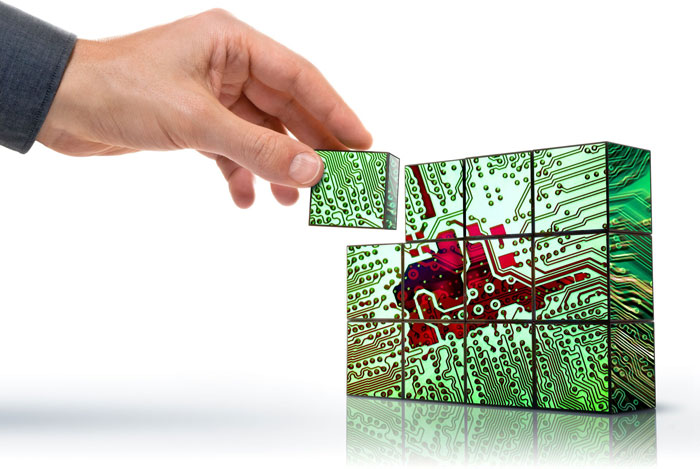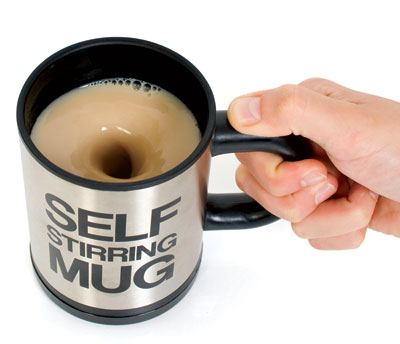“Electronics has encircled our everyday life. The physical objects we see around us, phones, automobiles, bicycles or electrical appliances, are all equipped with smarter technology, which is increasing our dependency on them. In this era, we are enabling the objects around us to perform various tasks independently or by following a single command without any error. Also, they are integrated with each other smartly. This trend is evolving as we get to see results that were at some point of time beyond our imagination. All this would not only ease our daily life with minimal usage of time but will also help us in a cost-efficient manner,” says Vivek Tyagi, country sales director, Freescale Semiconductor.
This is precisely what we have chosen to call the ‘Electronics of Things’—an age wherein embedded electronics has grown beyond elite objects into everyday ones, making them smarter and enabling them to do their and our jobs more efficiently.

Who would have imagined…?
A few years ago, who would have imagined electronics in coffee mugs, saucepans, innerwear, doctors’ prescriptions or even the capsules you swallow? Interestingly, today there are applications that surprise even those who have been in the field of electronics all their life!
Capsules. “One particular application that I could have never fathomed is ‘eating’ electronics. Today, we have X-ray capsules that, when a person eats, go inside the body and create three-dimensional images of the intestinal walls and transmit those images to a watch, phone or any handheld gadget, which can then also be transmitted over the Internet to share the results with the doctor. Who would have imagined such a gadget even five years ago?” says Tyagi. You can read more about the first non-invasive, prep-free imaging test for colon cancer at www.check-cap.com.
Pregnancy belts. Priya Kuber, managing director, Arduino India, an open source project at the forefront of DIY innovation, exclaims, “Many such examples! Recently, I saw a belly belt which tweets every time a baby kicks inside a pregnant woman.” Whilst that is something like the Kickbee baby movement detector and tweeter, the Huggies Pregnancy Belt is a bit more advanced—a pair of belts worn by the mom- and dad-to-be, which emulates the baby’s kicks in the father’s belt every time the baby kicks inside the mother’s womb.
Prescription apps. “A health application on the prescription (Rx)—one that can be prescribed by a physician”—that is what excites Vipin N., senior director-Advanced Technology, Ricoh Innovations Pvt Ltd. According to a survey conducted by Digitas Health in mid-2013, 90 per cent of chronic patients in the US would accept a mobile app prescription from their physician, as opposed to only 66 per cent willing to accept a written prescription of the medication. Also, a survey conducted around the same time by eClinicalWorks shows similar confidence exhibited by doctors. Prescription-ready mobile health apps are cropping up all over the world. For example, WellDoc’s BlueStar is a mobile-integrated therapy that can be prescribed through existing Rx channels, ‘bought’ at pharmacies and even paid for through health plans. It even has use-case indications, and such information clearly spelt out as in the case of regular medications! Carb Counting with Lenny and Pampers’ Hello Baby Pregnancy Calendar are some of the free apps that doctors are beginning to prescribe to their patients.
Medicines. Apart from medical devices and apps, electronics is also getting into medicine bottles and tablet strips. Engineers have developed medicine bottles that beep to remind patients to take their pre-measured dosage.
Fitness tools. Satish Mohanram, technical marketing manager, National Instruments, India, feels that a smart pedometer that tracks one’s activity level is a boon to a lot of people in today’s world. People sharing their activity levels from these devices and competing in the social space is a more interesting way of remaining motivated to be healthy!
Pots, pans and cups. Electronics entered the culinary space a long while ago, with microwaves, temperature-aware utensils, kettles and the like, but a self-stirring coffee mug truly takes the cake! “Self-stirring mug—this is something! A very simple piece of hardware is attached at the bottom of a mug that we use for tea or coffee on a daily basis; the small motor can stir the drink at the press of a button in the handle and it works on small pencil batteries. The hardware in itself is quite trivial but the application is not only interesting but also helpful,” says T. Anand, principal consultant, Knewron, a technology service firm. “These types of small innovations would be required in larger quantities to make electronics really pervasive in our daily life.”







